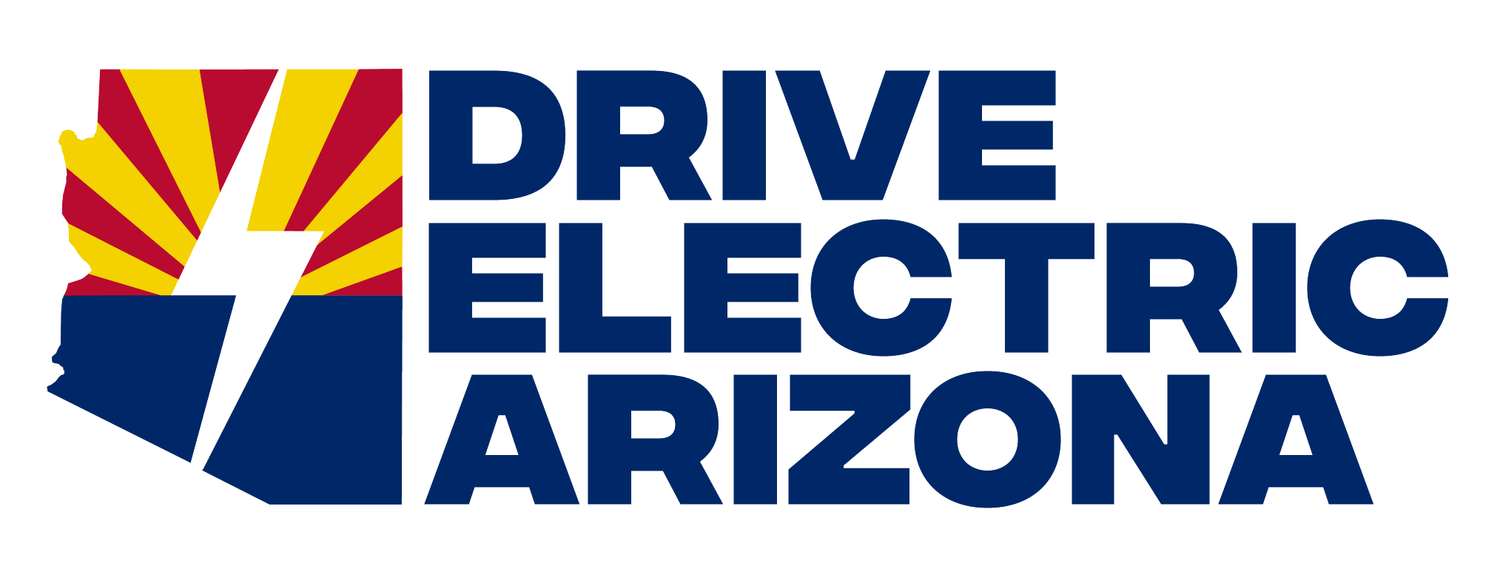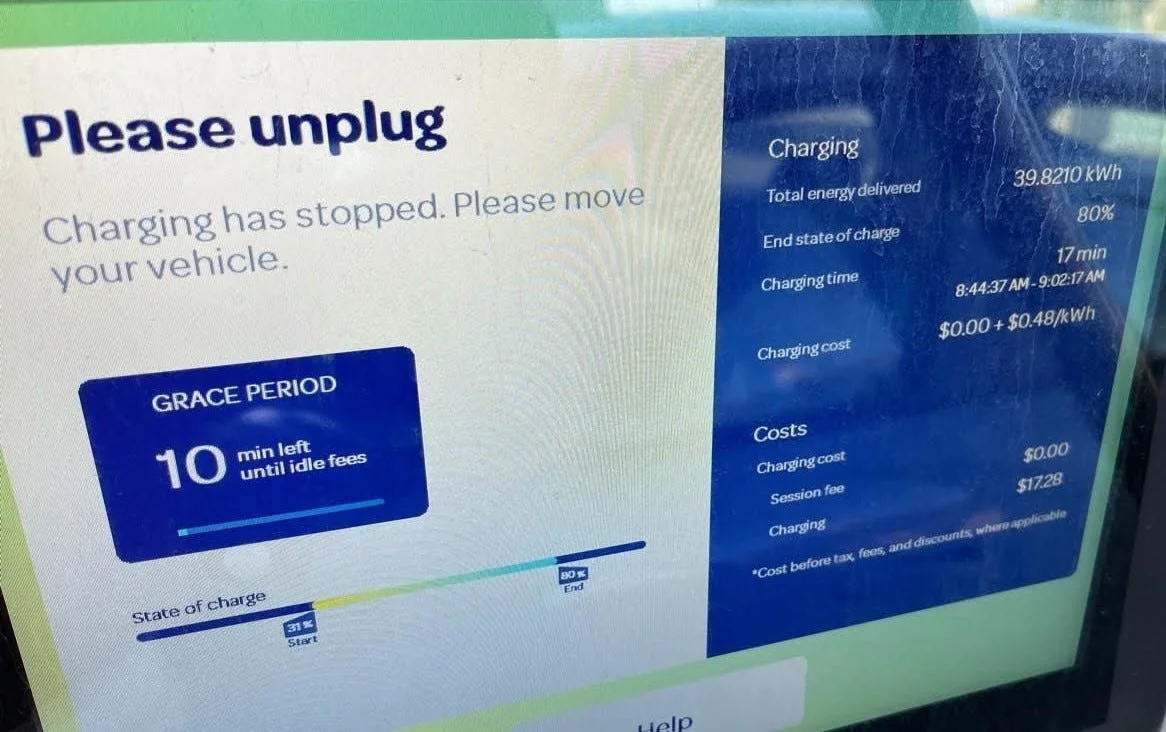The Art of Battery Maintenance
By Jamey Wetmore
So I’m not really a numbers guy. But as I’ve been explaining to others what it’s like to own an EV, I occasionally mention a number without explaining it: “80.” That is the percentage charge I top off at when I charge my car. This has generated some puzzled looks: Why don’t I simply charge my car all the way to 100%? It’s a good question!
The basic answer is that while EVs require less maintenance than gasoline powered cars in some ways – for instance you don’t need to change the oil or clean the fuel system – they have one very important component that does benefit from maintenance: the batteries. The common advice that EV owners are getting these days is that you can save a lot of wear and tear on your batteries if you don’t charge them above 80% and try not to let your charge drop below 20%.
Usually we don’t think too much about batteries. If you’ve got a flashlight, you use it until the batteries run down; then you pull out the old batteries, toss them, and put in some new ones. Our relationship with the 12-volt batteries that most gasoline powered cars use is pretty similar. When your battery stops working, you simply go to your nearest AutoZone or Pep Boys, give them a couple hundred bucks, and they’ll probably even swap out your old battery with the new one for free.
EV batteries are a bit different. Technically you can swap them out when they aren’t working any more and replace them with new ones. But this is not an inexpensive, carefree process.
Exactly how much it costs to replace a set of batteries is a topic that is widely discussed online. A few months back the Hyundai Ioniq 5 online discussion boards were in a tizzy because supposedly someone was told that it would cost $60,000 to replace their battery. This is indeed a bit crazy as it would likely be cheaper to simply buy a new car than to replace the battery. Exactly where that number came from and how valid it is has been debated, but it certainly put fear into a lot of people. In reality the best guesses right now are that a new battery pack for an Ioniq 5 or 6 would cost in the $10,000 to $15,000 range, plus the cost of having the service done. Those numbers are a lot less than $60,000, but they’re still big enough to attract the attention of most EV owners. So rather than simply “use them up and toss them,” it makes sense to think about the steps you might take to maintain your batteries.
The advice to keep your charge between 20 and 80% is based on the chemistry that happens in batteries. Most electric cars today run on lithium batteries. When you charge those batteries, the energy moves lithium ions from one place, “the cathode,” to another place, “the anode.” When you run your EV you draw the energy out of the battery and the ions move back to where they started. It ends up that ions can get absorbed (for good!) at either the cathode or the anode and lose their ability to store or release energy. The more crowded the ions get at one end or the other (like when you get close to either 100% charge or 0% charge), the more likely any given ion will get absorbed and the fewer ions you have later to move back and forth. Even at 80% charge, some ions will still get absorbed and the life of your battery will be shortened, but it’s a significantly lower number than if you go to 100%.
Even if you don’t own an EV, this process probably has an effect on you. The reason why the 100% charge on your mobile phone doesn’t last as long as it did when you first bought it is because over time the number of ions free to move back and forth in your battery decrease. You can’t put quite as much energy in… and you can’t get quite as much energy out. (That certainly was the reason I had to upgrade my last mobile phone.)
In an effort to keep their products working reasonably well even after a few years of use, EV companies have taken a couple steps to prolong battery life. First, they’ve programmed their cars to slow down the charging process the closer they get to 100% to mitigate the number of ions that get absorbed. And second, they’ve sought to train their owners in how to maintain their batteries. Before I even left the parking lot, the dealer I bought the car from went into my car’s computer system and set the charging preferences to automatically “stop charging at 80%.” I’ve left it there ever since.
It’s not really a problem to charge to 100% every once in a while. And if you’re on a long trip it probably makes practical sense to do so. But if you don’t need a full charge for your day to day travel, staying below 80% can help extend the life of your battery.
Exactly how much you can extend it is up for debate. Some argue that theoretically if you keep your car between 20% and 80% charge you can, over the lifetime of the batteries, charge and discharge four times the amount of electrons than if you constantly try to push as many ions as possible to the anode. The ultimate effect most likely isn’t going to be that profound, but it could be significant.
And remember when I said that the same degradation can happen in your mobile phone? It ends up you can take the same steps to extend the life of that battery. You can try to remember to manually unplug your phone whenever it gets above 80% or there are even some apps available now that will automatically stop your phone from charging when it hits a certain level. If you use these approaches, who knows? You might even be able to trade your current iPhone 15 in for an iPhone 21. Hopefully my EV lasts that long.
About the Author
Jamey Wetmore is an associate professor in the School for the Future of Innovation in Society at Arizona State University. He studies the variety of ways in which technology shapes our lives and how we can shape our technology. He recently purchased his first EV and is sharing his experiences as he tries to figure out how electric vehicles are being integrated into our society… and his own life. You can follow his journey at: https://techskepticgoeselectric.substack.com/

